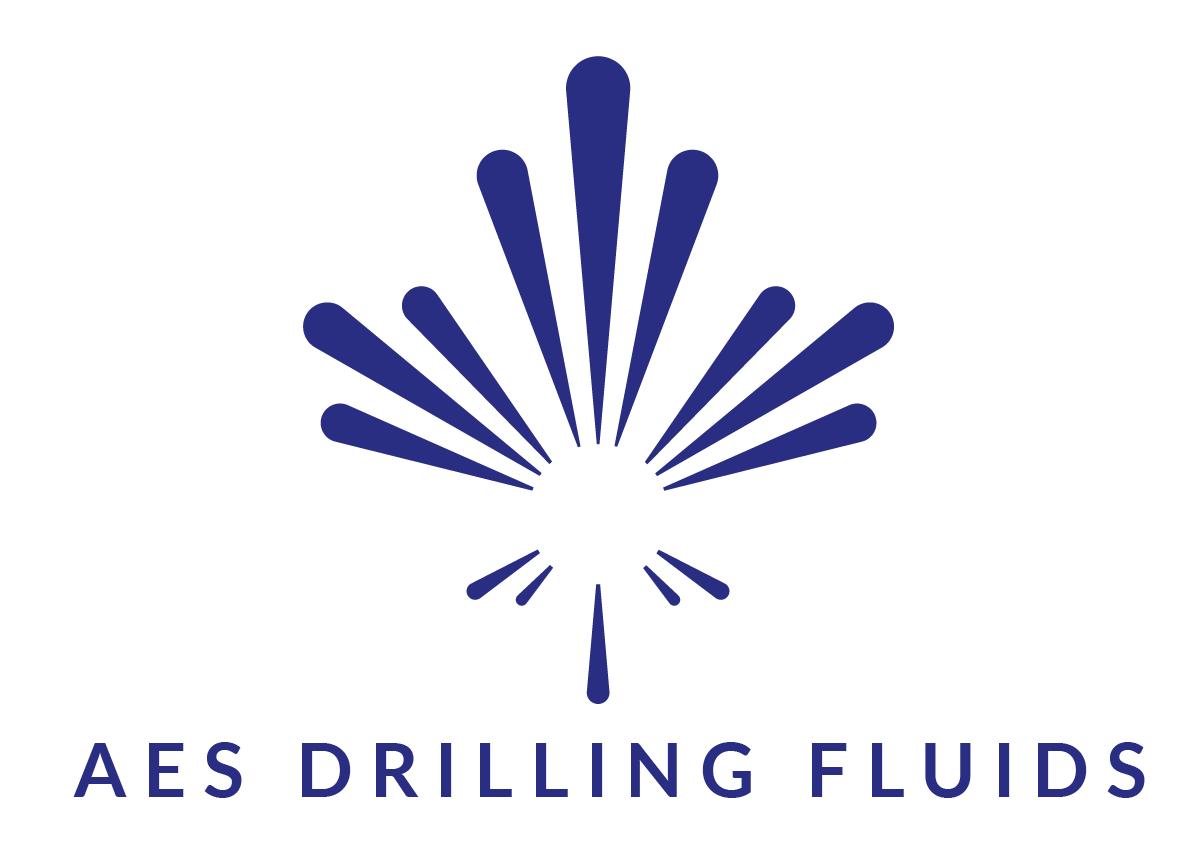Corrosion Inhibitors & Scavengers
Corrosion Inhibitors & Scavengers
Whether it’s minimizing dissolved oxygen through our CAT 752 OS, scavenging dangers hydrogen sulfide through WILDCAT 601TZ, or a comprehensive treatment package like WILDCAT 360CSI, AES Drilling Fluids has the products, practices, and monitoring for a complete corrosion control program.
Understanding The Corrosion Process
Corrosion can be defined as the deterioration of a material, usually metal, that results from a reaction with its environment (NACE 2002). Consider the process to manufacture steel, which applies substantial energy to purify, concentrate, and organize its crystalline structure for its required properties. Corrosion can be thought of as a metals natural tendency to return to it’s lowest energy state.

The Flowline: Episode 27: Corrosion and what we can do to minimize corrosion rates.

From ore to steel to rust, corrosion is a natural return to the lowest energy state
Corrosion Reactions

Electrochemical corrosion of steel
Corrosion requires four components:
- An Anode
- A Cathode
- An Electrolyte
- A Conductive Path
The figure on the left represents the most common corrosion process. Limiting the reactions slows the rate of corrosion. For example, controlling dissolved oxygen aids to limit the hydroxyl ions produced at the cathode.
Factors in Corrosion Rates
There are several factors that accelerate corrosion which are often times related. Corrosion control typically requires a combination of fluid treatments. Oil-continuous invert emulsions (OBM/SBM) should not require corrosion control additives as the oil-wet state of the exposed metallurgy eliminates the conductive path for corrosion. Water-based drilling fluids may require multiple measures to limit corrosion to acceptable rates. Treatment recommendations will vary by these conditions and the severity of the problem.
Factors impacting corrosion rate:
- Metallurgy
- Temperature
- pH
- Salinity
- Scale

Sources and Treatment
Identifying the corrosion mechanism is essential to minimizing the impact of corrosion. AES Drilling Fluids can provide the resources for a corrosion monitoring and treatment program, including corrosion rings and chemical monitoring. Through out sister companies, we provide conventional and specialized corrosion control products.
WILDCAT 360CSI provides a comprehensive treatment in a single product. Our X-OUT targets carbon dioxide while CAT 752 OS scavenges oxygen. WILDCAT 601TZ, CAT 94 HS, and WGS 25WC / WGS 546WC are used to scavenge hydrogen sulfide.
Scale Inhibitors
Scale can form as a reaction between gases and ions present in drilling fluids. For example, carbon dioxide and calcium can result in calcium carbonate scale, which creates concentration cells highly susceptible to corrosion. Scale inhibitors work to inhibit the crystallization that forms scale.
Filming Agents
Protective films coat metal for corrosion protection. Filming materials must remain in place while circulating to perform or they will not provide an even, protective coating. In some cases, these additives are added to provide protection during storage or static periods.
Oxygen
Oxygen corrosion is one of the most common sources of corrosion. Atmospheric oxygen and water in drilling fluid initiate the process to produce iron hydroxide (rust). Oxygen corrosion usually appears as pitting.
Treatment:
- Prevent and control foaming with defoamer addtives, control rheology to limit entrained air
- Elevate the pH
- Apply an oxygen scavenger to limit dissolved oxygen
- Treat pipe with inhibitors at regular intervals
X-OUT Liquid Amine Carbon Dioxide Scavenger

CAT 752 OS Oxygen Scavenger

Carbon Dioxide
Carbon Dioxide is found in downhole formations and produced from bacteria. Carbon Dioxide (sometimes referred to as sweet gas) dissolves in water to form carbonic acid, effectively lowering the pH. Corrosion from Carbon Dioxide typically appears as worm-shaped pits. Scale may be present if sufficient calcium or magnesium is available, which can create concentration cells and more aggressive corrosion.
Elevating the pH above 9.0 is a standard method to addressing Carbon Dioxide. This causes the carbonic acid to lose protons, forming bicarbonate and carbonate.
Hydrogen Sulfide
Hydrogen sulfide (H2S), or sour gas, presents serious risk to personnel as a poison gas and also as a corrosion agent. It is frequently encountered in combination with oxygen and carbon dioxide, resulting in higher corrosion rates. It occurs in downhole formations, from bacteria, or from the degradation of drilling fluid additives. Hydrogen sulfide requires a comprehensive action plan to address that includes trained personnel, detection and safety equipment, and appropriate treatment additives.
Corrosion Mitigation is Part of Our Family
At AES Drilling Fluids, we manufacture and sell corrosion control solutions through the CES Energy Solutions family. This allows us to optimize products for our customers’ specific needs – ensuring these chemistries are truly fit-for-purpose. This also leads to increased quality and reliability throughout the manufacturing process.
Corrosion Inhibitor & Scavenger Products
The table below provides information on many of our common treatment additives. AES Drilling Fluids has extensive expertise in corrosion and corrosion monitoring to recommend appropriate products.
| Product | Description | Product Data Sheet |
|---|---|---|
| C-2145 | Scale Inhibitor/Corrosion Inhibitor | C-2145 Product Bulletin |
| CAT 94 HS | H2S Scavenger | CAT 94 HS Product Bulletin |
| CAT 752 OS | Oxygen Scavenger | CAT 752 OS Product Bulletin |
| WGS 25WC / WGS 546WC | H2S Scavenger | WGS 25WC / WGS 546WC Product Bulletin |
| WILDCAT 360CSI | Combined oxygen scavenger, scale Inhibitor, and corrosion inhibitor | WILDCAT 360CSI |
| WILDCAT 601TZ | H2S Scavenger | WILDCAT 601TZ |
| X-OUT | Carbon Dioxide Scavenger | X-OUT Product Bulletin |

